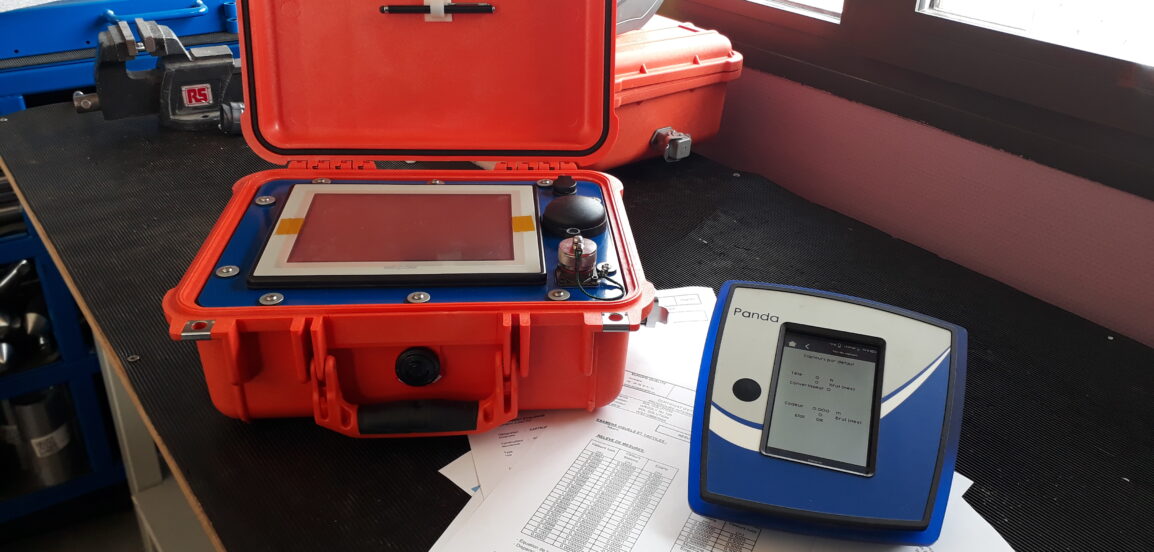It is recommended that you have your Panda® and Grizzly® calibrated annually to ensure that your equipment is measuring correctly.

Geotechnical equipment is a measurement system. Measurement systems, by definition, require maintenance, and may also require calibration and/or verification to ensure that the acquisition system does not drift.
It is recommended that you carry out an annual check of your equipment.
The same logic applies to Sol Solution’s equipment. When you buy a new Panda® or Grizzly®, it is delivered with a calibration certificate validated by a third-party organization. During the life of the equipment, Sol Solution can manage the appropriate verification which will determine the conformity of the measurement of your equipment and according to the result, propose you the actions according to the result (restart, repair, adjustment…)
What is the difference between a calibration and a verification?
The purpose of calibration is tocompare a measuring instrument or system with a standard to estimate the measurement error. It is then possible for the user to correct the raw result and reduce the uncertainty of a measurement. He can thus follow the evolution of an equipment in time. Each calibration leads to the issue of a certificate.
The purpose of verificationis to check a measuring instrument against a standard. Verification ensures that the equipment complies with the specifications defined by the MPE, i.e. maximum permissible error. The verification results in a conformity decision. If the equipment does not conform to the defined specifications, it must be brought into conformity by adjustment, repair, etc., or else be scrapped.
What is the recommended frequency of calibration and/or verification?
The frequency of calibration and/or verification recommended by Sol Solution for the Panda® and Grizzly® is one year, thus ensuring that all the results given by the equipment are in conformity over the period.
It is possible, according to a risk analysis, that the user company defines its own calibration periodicity according to the frequency of use, the users, the working environment, the history, …
It should be noted, however, that the greater the periodicity between 2 calibrations and/or verifications, the more the company must ensure that the risk of drift of the measurement system concerned is controlled. Indeed, a measuring system can drift in time because of shocks, wear, conditions of use…
What is the metrological chain of custody?
The objective of the metrological traceability chain is to link the measurement results to the standards, which themselves have their own calibration certificates bearing an accreditation mark in the field of calibration and testing.
And at Sol Solution?
The support department is responsible for notifying customers as the anniversary date approaches. They receive a quote based on the equipment to be calibrated and checked, except for Panda® with a long-term rental contract, which includes this service in the package and provides for the availability of a device during the calibration. Calibration is carried out by an independent office and we issue you with a certificate. For the verification, we mainly check the operating condition of the sensors and their measurement quality, the condition of the connectors and the associated consumables. The Panda® and Grizzly® require one week’s downtime and the lightweight deflectometer three weeks.
What about software?
The software is subject to validation by Sol Solution’s development teams for each update.
Each new software version is validated before being put online: a battery of tests is carried out to ensure their compliance.
The advantages ofWebsprint©:
- The changes made to the latest version are available online
- A validation certificate is available online to confirm that the current version is validated.
